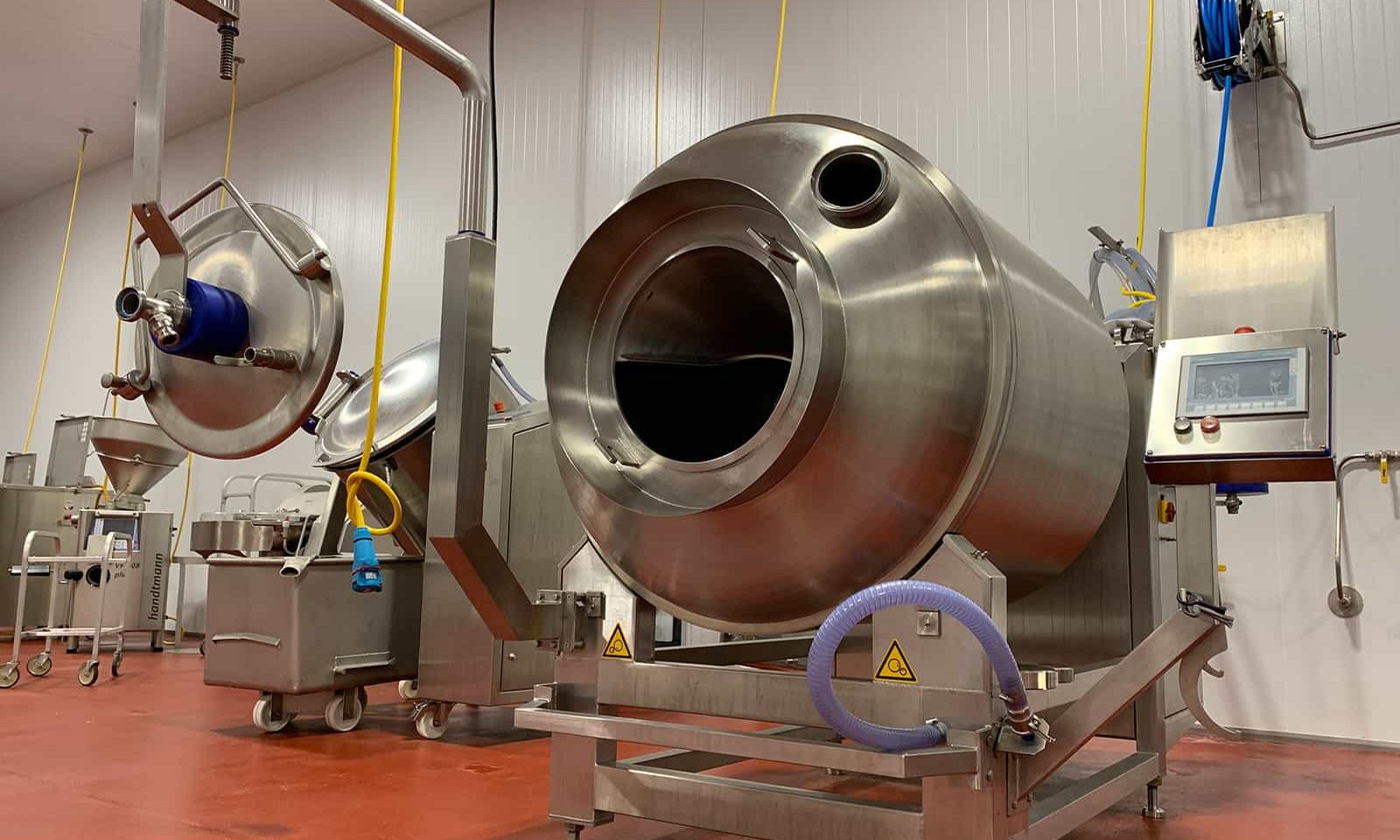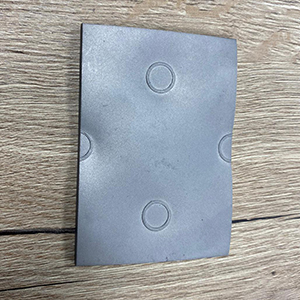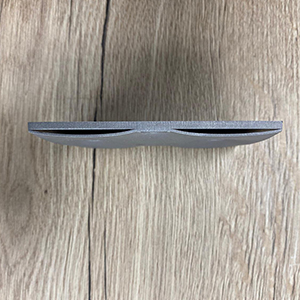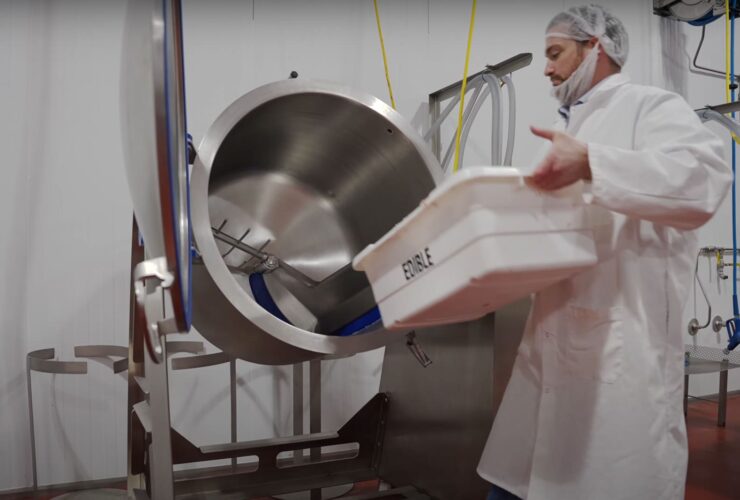Investing in an integrated cooling system for your vacuum tumbler can seem overwhelming.
Do a quick Google search and you’ll find a number of optional cooling systems you can include when purchasing a tumbler.
Every manufacturer will tell you their system is best, but is it really?
Meat scientist and marination and injection expert Jason Jordan rated the 4 more common integrated cooling systems available for vacuum tumblers and shared which option is best for food safety, cooling consistency, and maintenance.
What is integrated cooling?
An integrated cooling system on a vacuum tumbler allows you to cool products while tumbling.
Cooled glycol is pushed and directed around the drum to lower the temperature of the stainless steel, making the products inside cool.
- Glycol can be carried around the drum in a number of ways:
- Copper coils wrapped around the drum
- Tubes in the jacket walls
- Hollow fins or tubes through hollow fins
- Pillow plates built into the jacket
Understanding the risks and benefits of each style is essential when purchasing a tumbler with integrated cooling.
Some systems pose product safety, consistency, and longevity issues.
What to avoid when purchasing a tumbler with integrated cooling
Tumblers with integrated cooling are not all created equal. Avoid these design flaws when purchasing your vacuum tumbler.
Tubes
Some tumblers come lined with individual tubes in the jacket walls that carry glycol around the tumbler drum.
The problem with this design is simple: This is the least efficient way to cool your vessel as only areas where the tubing runs get cooled.
Copper Coils
Many tumblers on the market use copper coils for cooling. Once these copper coils fail, they aren’t accessible to repair.
The failure of the copper coils occurs when the stainless steel of the tumbler steals away the copper ions thereby causing the copper tubing to fail.
When this happens, glycol will leak out of the coils, causing the cooling system to fail.
You can see a picture of what happens when copper coils are used in a stainless steel vacuum tumbler.
Hollow Fins
Still other manufacturers make use of hollow fins to cool products within a tumbler.
This is by far the worst option for cooling.
Due to the enormous pressure that the vacuum subjects the stainless steel to, the fins fatigue with normal use and begin to crack, causing glycol to pour out and potentially contaminate the product.
Worse yet, ingredients can get trapped in the cracked fins, leading to bacteria harborage points.
Non-U.S. tumblers
If you go this route, be careful!
Most tumblers are built to the specifications and standards of the county in which the manufacturer resides, which may or may not meet EPA, USDA, OSHA, and food safety standards in the U.S. This can pose risks for product recalls, employee injury, and fines for not complying with industry standards.
Regardless of where the tumbler is manufactured, make sure with integrated cooling that the specs are designed to meet U.S. standards and laws.
Opt for Pillow Plate Double-Jacketed Cooling
A double-jacketed tumbler is certainly the best option when it comes to an integrated cooling system.
Rather than feeding glycol through copper pipes that corrode, tubes that don’t evenly cool, or hollow fins that crack and pose a serious contamination problem, a double-jacketed system that utilizes the pillow-plate design, provides the safest and most consistent cooling.
Using a pillow-plate design, as shown in the picture below, glycol is fed through the spaces between the drum and the outer stainless steel “shell” allowing for complete cooling of the vessel while maintaining a maintenance-free working life of the equipment.
This design is beneficial for a number of reasons:
- Even cooling – glycol is dispersed evenly around the drum
- No corrosion – The non-use of dissimilar metals (copper and stainless steel) means that the cooling jacket won’t fail over time due to corrosion.
- No maintenance issues – there are no tubes or fins to crack and break
- No potential bacteria harborage points – there no potential for metal fatigue and bacteria harborage.
- Meets regulatory standards – you’ll be compliant with industry standards
If food safety, consistency, and ease of maintenance are a top priority, a pillow-plate, double-jacketed cooling system is the best option for your vacuum tumbler.
Invest in the Best
Many processors invest in tumblers that are less than ideal for their needs and can even be illegal to operate.
Consider the risks that come with different cooling options before investing will help to ensure your yields remain consistent as well as safe.
Regardless of where your tumbler was manufactured, make sure that it meets US laws.
If you have any questions about trying out or purchasing a tumbler or if you want to request a quote, contact the experts at Fusion Tech today. We are happy to assist you in any way we can and look forward to working with you!







